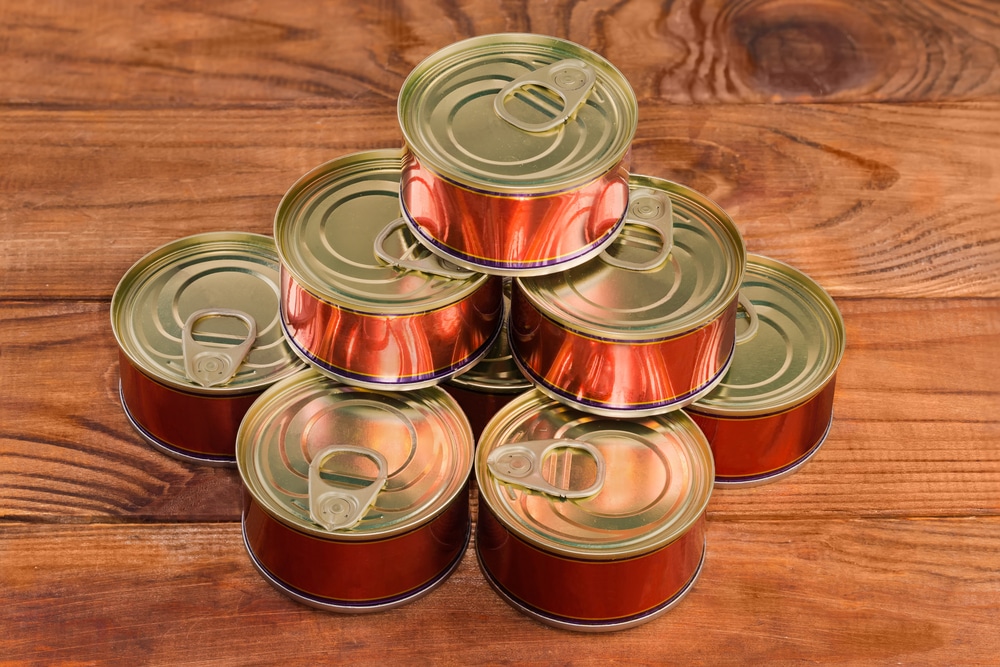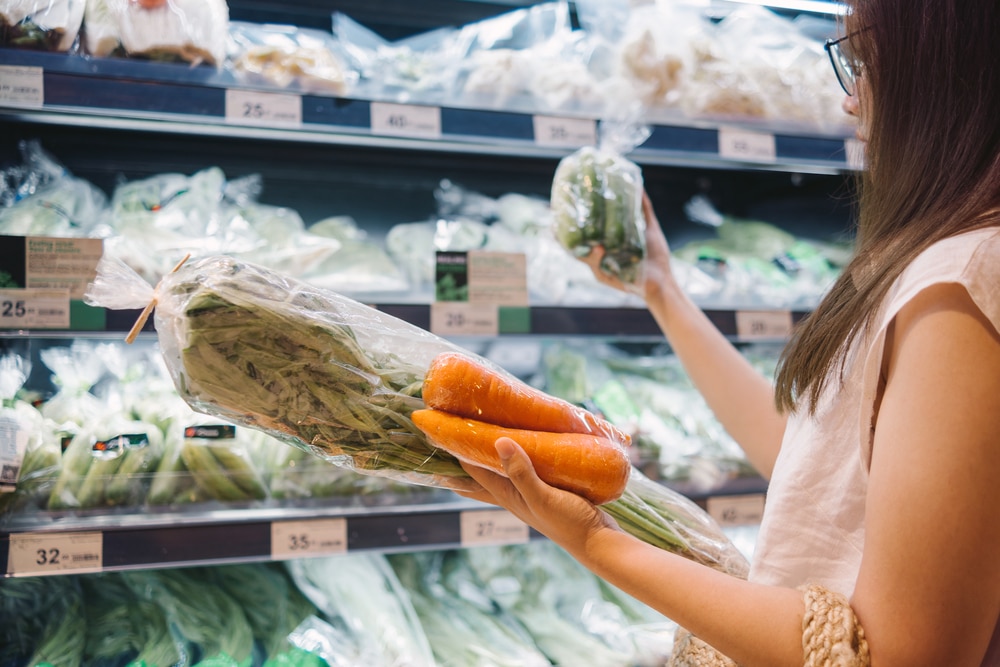Concerned about the ‘expiration number date’? The first concern you might have is regarding the ‘number date’. Have you been revisiting those long-forgotten spices and stale beans in your pantry? Just how stale is too stale? When do you decide it’s time to discard something? What about fresh foods? If you’re trying to limit trips to the grocery store, how long can eggs, dairy, and produce last?
Surprise, surprise – expiration dates turned out to be meaningless.
The Truth Behind ‘Expiration’ Dates

According to the U.S. Department of Agriculture, food product dating is entirely optional for most products (except baby food, but more on that later). Moreover, these dates don’t relate to food safety.
Conservative Estimates in Food Dating

These expiration dates are simply the manufacturer’s estimate of when their product might not be at its best quality. And, these estimates are often conservative, considering not everyone maintains a dark pantry or opens their refrigerator as little as possible.
A ‘vague estimate’

Jennifer Kaplan, a former food systems instructor at the Culinary Institute of America in St. Helena, California, notes that expiration dates are essentially a “a manufacturer’s vague estimate of when the product is at its ‘freshest. ‘”
“Many foods will still be good to eat days, weeks, or months after those dates.”
Pantry Staples

Starting with the staples you don’t have to stress about: Vinegars, honey, extracts like vanilla, sugar, salt, corn syrup, and molasses have an almost indefinite shelf life with minimal quality degradation.
Oats and Grits

Steel-cut or rolled oats generally stay good for about a year before they start turning rancid, but par-cooked or instant oats have a much longer lifespan. This applies to grits and instant grits too.
White vs. Whole Grain Flour

As for flour, white flour remains usable regardless of its age. However, whole-wheat and other whole-grain flours might develop a metallic or soapy smell after a few months. This principle of white lasting longer also applies to non-ground grains.
Rice and Nuts

Refined white rice, for instance, can last years, whereas brown rice has a shorter shelf life of just months. This is because unrefined grains contain fats, which are the first to spoil in dry pantry items.
Also, tree nuts, rich in fats, will go rancid in a few months unless stored in the freezer, which can prolong their life to several years.
Bread Storage

Those shelf-stable breads from supermarkets, filled with oils and preservatives, can stay soft for weeks in the fridge. But your artisanal, crusty sourdough from the local bakery? It’ll be stale by tomorrow and likely moldy within a week.
- Pro tip: Slice and freeze the good bread, toasting a slice as needed.
Aging Beans and Lentils

Dried beans and lentils are safe to eat for years after buying them, though they get tougher and need longer cooking times as they age. If you’re unsure about the age of your dried beans, it’s best to skip using them in recipes with acidic ingredients like molasses or tomatoes, as acid can significantly delay softening.
Canned Goods

Generally, metal packaging outlasts glass, which in turn outlasts plastic. As long as there’s no visible spoilage sign like bulging or rust on cans, or cloudiness, mold, or off odors when opened, your canned fruits, vegetables, and meats should stay tasty and safe for years
Jarred Foods

For jarred products, the best indicator of safety is the little button on the lid; if it’s bulged, it suggests significant bacterial activity inside, making the contents risky to consume. The shelf life here can range from a year to a decade, depending on storage conditions.
Soda Shelf Life

As for sodas, cans maintain fizz for years, glass bottles up to a year, and plastic bottles for a few months, mainly because most plastics allow gas to pass through.
Oil Freshness

Sealed cans keep even the most rancidity-prone unrefined oils well-preserved, and Oils in sealed glass bottles are less durable. The shelf life of oil in open containers varies, but all oils last longer when stored away from heat sources like stovetops.
Is Your Oil Still Good?

To check if your oil is still good, use your sense of smell; old oil often develops metallic, soapy, or sometimes fishy odors, like with canola oil. Not sure? Test it with a fingertip touch; rancid oil feels tacky rather than slick.
Also, salad dressings in narrow squeeze bottles can last months or over a year in the fridge, outlasting those in open-mouthed jars.
Mustard, Ketchup, and Mayo

Mustard essentially lasts indefinitely. Ketchup may change color within a year but remains edible. Mayonnaise, contrary to popular belief, has a long shelf life, especially varieties without fresh lemon juice or garlic, as high fat, salt, and acid levels deter bacteria and mold.
Egg Expiration

Surprisingly, eggs take quite a while to go bad. How long? Well, the Julian date on the carton (a three-digit number from 001 for Jan. 1 to 365 for Dec. 31) indicates when the eggs were packed, which can be up to 30 days after they were laid.
The sell-by date can be another 30 days beyond that.
Milk Spoilage

Once milk is opened, bacteria begin digesting lactose, producing acidic byproducts. Spoilage happens when the pH drops to 4.6, causing milk proteins to clump.
For longer-lasting milk, choose ‘ultrahigh temperature’ (UHT) milk. It’s pasteurized at high temperatures (275 degrees Fahrenheit), eliminating viruses, bacteria, and spores, then aseptically sealed.
Baby Food Dates

Among all foods, baby food is unique as it’s the only category with federally mandated use-by dates. These dates serve as a guarantee from the manufacturer that up until that point, the food will retain the nutrient levels stated on the label.
For baby formula, it also ensures that it can still pass through a regular rubber nipple.
Read Next: What Really Causes Donald Trump’s Skin to be So Orange

Former President Donald Trump’s distinctive orange skin has captivated attention, sparking curiosity about its evolution from average pale over the years:
What Really Causes Donald Trump’s Skin to be So Orange
27 Things MAGA Movement Ruined Forever for People

How the MAGA movement left its mark on individuals and disrupted certain aspects of our everyday life forever:
27 Things MAGA Movement Ruined Forever for People
Court Finally Unseals Secretive Case of Jan 6 Offender

Samuel Lazar sentenced for Jan. 6 insurrection; previously confidential case now revealed: Court Finally Unseals Secretive Case of Jan 6 Offender
Defamation lawsuit against Kari Lake advances while people compare her to Rudy Giuliani

Kari Lake loses First Amendment right to accuse Maricopa County recorder; Arizona Republic ponders if she’s channeling Rudy Giuliani in her sleep : Defamation lawsuit against Kari Lake advances while people compare her to Rudy Giuliani
More Democrats are flipping in a crucial swing state than Republicans

In Pennsylvania, a significant number of registered Democrats flipping is sending an unflattering signal to President Biden: More Democrats are flipping in a crucial swing state than Republicans










